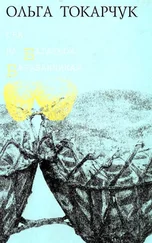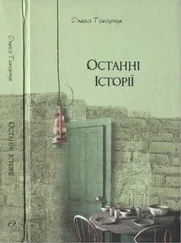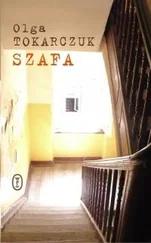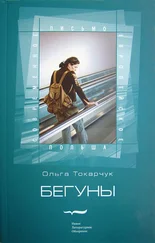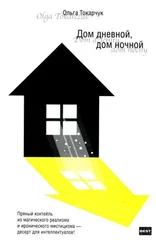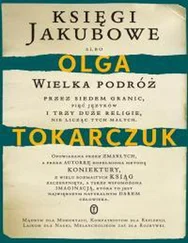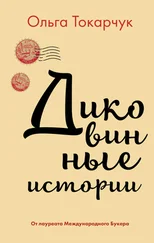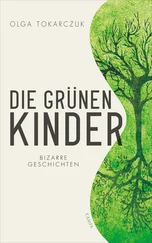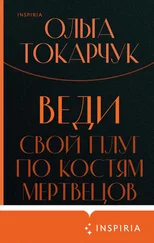‘Our task is to bring to you the idea of practical travel psychology and to encourage you to take advantage of our services. Don’t be afraid, ladies and gentlemen, of those quiet corners by the coffee machines, around the duty-free shops, those ad-hoc offices where analysis takes place quickly, discreetly, only occasionally disrupted, perhaps, by departure announcements. It’s just two chairs behind a screen with maps on it.
‘“So, you’re going to Peru?” the topographical psychoanalyst might ask you. It would be easy to confuse him with a cashier or the person working check-in. “So, Peru?”’
‘And he’ll do a short associative test with you, attentively watching which of the words turns out to be the end of the thread. It’s a short-term analysis, without any superfluous dragging out of the topic, without invoking that old holy grail of the mothers and fathers to blame. Over a single session we ought to be able to get it.
‘Peru, but to what end?’
THE TONGUE IS THE STRONGEST MUSCLE
There are countries out there where people speak English. But not like us – we have our own languages hidden in our carry-on luggage, in our cosmetics bags, only ever using English when we travel, and then only in foreign countries, to foreign people. It’s hard to imagine, but English is their real language! Oftentimes their only language. They don’t have anything to fall back on or to turn to in moments of doubt.
How lost they must feel in the world, where all instructions, all the lyrics of all the stupidest possible songs, all the menus, all the excruciating pamphlets and brochures – even the buttons in the lift! – are in their private language. They may be understood by anyone at any moment, whenever they open their mouths. They must have to write things down in special codes. Wherever they are, people have unlimited access to them – they are accessible to everyone and everything! I heard there are plans in the works to get them some little language of their own, one of those dead ones no one else is using anyway, just so that for once they can have something just for themselves.
Inside and out, to oneself and to others, narrating every situation, naming every state; search for words, try them on, that shoe that will magically transform Cinderella into a princess. Move words around like the chips you place on numbers in roulette. Perhaps this will be the time? Perhaps we’ll win this one?
Speak, grab people’s sleeves, have them sit down across from us and listen. Then turn yourself into the listener for their ‘speak, speak’. Hasn’t it been said that I speak, therefore I am? One speaks, therefore one is?
Use all possible means for this, metaphors, parables, wavers, unfinished sentences; don’t be put off by the sentence breaking off halfway through, as though past the verb there suddenly yawned an abyss.
Do not leave any unexplained, unnarrated situations, any closed doors; kick them down with a curse, even the ones that lead to embarrassing and shameful hallways you would prefer to forget. Don’t be ashamed of any fall, of any sin. The narrated sin will be forgiven. The narrated life, saved. Is it not this that Saints Sigismund, Charles and James have taught us? He who has not mastered the art of speaking shall remain forever caught in a trap.
There are two points of view in the world: the frog’s perspective and bird’s eye view. Any point in between just leads to chaos.
Take the airport maps so beautifully drawn on airline brochures. Their meaning becomes clear only once one sees them from above, like the monumental Nazca Lines, created with flying creatures in mind – the modern airport in Sydney is shaped like an airplane, for example. A somewhat uninteresting, I find, concept – your plane landing on a plane. The way becomes the goal, and the instrument the result. The airport in Tokyo, on the other hand, in the shape of an enormous hieroglyphic, is perplexing. What sort of letter is it? We haven’t mastered the Japanese alphabet, we won’t know what our arrival means, with what word they greet us here. What do they stamp into our passport? A big question mark?
Similarly, Chinese airports bring to mind the local alphabet, you have to learn them, put them in order, create an anagram out of them – then perhaps they will reveal some unexpected wisdom of the journey. Or treat them like those sixty-four hexagrams from I Ching and then every landing will be a fortune. Hexagram 40. Xiè. Deliverance. Hexagram 36. Míng yí. Darkening of the Light. Hexagram 10. Lǚ. Treading. 17. Suí. Following. 24. Fù. Return. 30. Lí. Clinging.
But let’s give it a rest with this convoluted Eastern metaphysics, for which, apparently, we have a soft spot. Let us look at the airport in San Francisco, and now we have something familiar, something that inspires confidence, that makes us feel right at home: here we have a cross section of the spine. The round centre of the airport is the spinal cord, locked in a hard safe shell of individual ribs, and here, radiating out, the nerve roots from which depart the numbered gates, each complete with a sleeve leading to the plane.
And Frankfurt? That great air travel hub, that state within a state? What do you associate that with? Yes, yes, the spitting image of a chip, a computer chip, a razor-thin plate. Here there can be no doubts – they tell us what we are, dear travellers. We are the individual nerve impulses of the world, fractions of an instant, barely that part of it that permits the change from plus to minus, or maybe the other way around, and keeps everything in constant flux.
I often dreamed of watching without being seen. Of spying. Of being the perfect observer. Like that camera obscura I once made out of a shoebox. It photographed for me a part of the world through a black closed space with a microscopic pupil through which light sneaks inside. I was training.
The best place for this kind of training is Holland where people, convinced of their utter innocence, do not use curtains. After dusk the windows turn into little stages on which actors act out their evenings. Sequences of images bathed in yellow, warm light are the individual acts of the same production entitled ‘Life’. Dutch painting. Moving lives.
Here at the door appears a man, in his hand he has a tray, he puts it on the table; two children and a woman sit down around it. They take their time eating, in silence, because the audio in this theatre doesn’t work. Then they move to the couch, watch a glowing screen attentively, but for me, standing on the street, it isn’t clear what has absorbed them so – I only see flickers, flutterings of light, tiny pictures, too brief and distant to be intelligible. Someone’s face, a mouth moving intensely, a landscape, another face… Some say that this is a boring play and that nothing happens in it. But I like it – for example the movement of a foot playing unconsciously with a slipper, or the whole astonishing act of yawning. Or a hand that seeks upon a plush surface a remote control and – having found it – is calmed, withers.
Standing off to one side. Seeing only the world in fragments, there won’t be any other one. Moments, crumbs, fleeting configurations – no sooner have they come into existence than they fall to pieces. Life? There’s no such thing; I see lines, planes and bodies, and their transformations in time. Time, meanwhile, seems a simple instrument for the measurement of tiny changes, a school ruler with a simplified scale – it’s just three points: was, is and will be.
1542 was the dawn of a new era although unfortunately no one so much as noticed. It wasn’t a big year, nor the end of a century – from the perspective of numerology, there was nothing there, just the number three. And yet that year the first chapters of Copernicus’ De revolutionibus orbium coelestium and the entirety of De Humani corporis fabrica by Vesalius appeared.
Читать дальше

